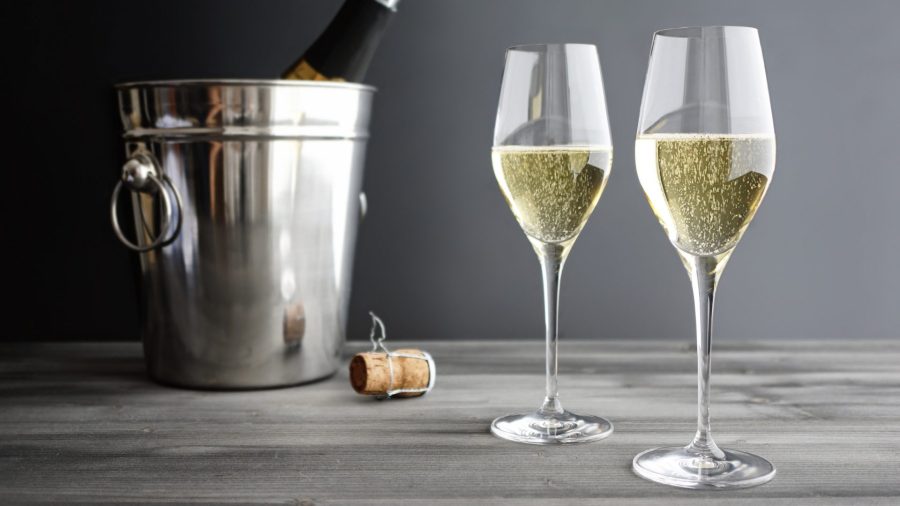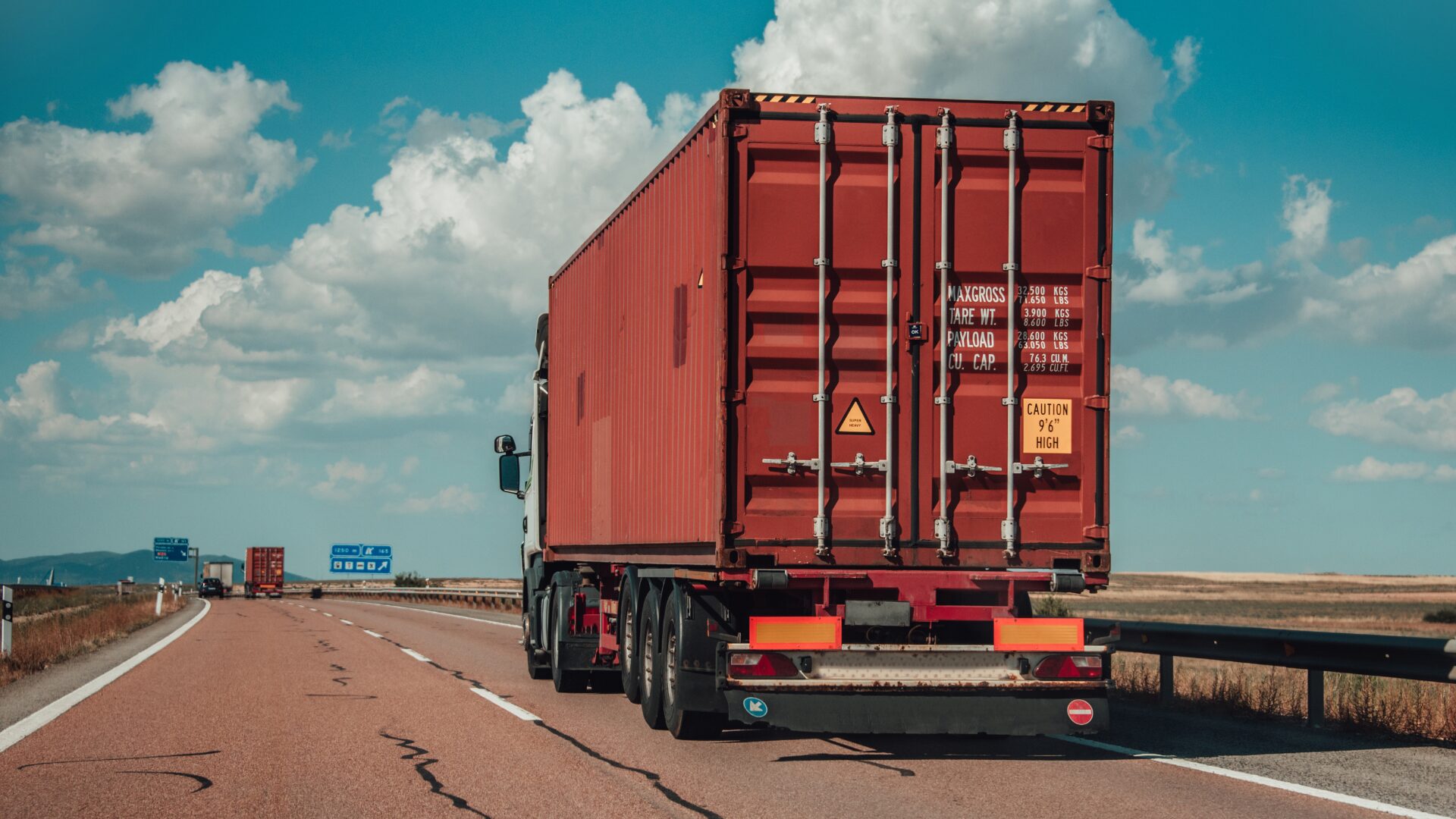To say that the champagne world is a bit “off-kilter” these days would be a significant understatement.
The Financial Times reported in late December that retail champagne prices (especially vintage champagne) had increased 30% in previous twelve months. Historically, champagne prices increase far more modestly; usually 4%-5% per annum for non-vintage (“NV”) champagne, and 8%-10% for “vintage” and “special cuvees” (such as Dom Perignon, Louis Roederer’s “Cristal” and Veuve Cliquot’s “La Grande Damme”). In the “wine-as-an-investment” ecosystem, champagne was always considered more an “annuity” than a “tech stock”.
Some of champagnes’ recent price increases can be attributed to greater demand amongst wealthy and affluent consumers, who have enjoyed higher disposable income due to the COVID pandemic.
Likewise, some of the price increases (as well as supply shortages) can also be attributed to rising inflationary pressure in the U.S. and the Eurozone, as well as the ongoing supply chain disruptions affecting global trade.
A PROLONGED PROBLEM?
Another, more concerning trend is also surfacing; the rumors about potential champagne shortages, initially reported in early 2021, are very real, and they will likely impact champagne availability for the next 2-3 years, if not longer.
The last few vintages in the French region of Champagne have been hampered by freezing temperatures. The 2021 vintage was particularly awful, with an estimated 30%-40% of the crop lost to frost, and the surviving 60%-70% being of subpar quality. Further, there are also concerns that the 2021 frost damage may have also extended to some of the vines as well, many of them decades-old and difficult (and costly) to replace.
At this point, there’s already chatter in Champagne about 2022 and 2023 being “rebuilding years” for the region, with associated capital expenses, reduced sales and shrinking profitability. To add fuel to the fire, a decision in 2020 by the Comité Champagne (Champagne’s trade association) to reduce production during the COVID pandemic has only exacerbated the issue.
HISTORY AN INDICATOR?
Champagne has had bad vintages and frost damage before, and its producers – as a matter of normal course – do maintain wines from prior vintages in reserve, primarily to produce their non-vintage (“NV”) champagnes. However, it’s unclear how much – and to what extent – Champagne makers will be able (or willing) to draw down on their wines reserves to satisfy current demand.
It’s not uncommon for French winemakers to “sit out” a bad vintage rather than releasing a subpar product or having to draw from their reserves (Bordeaux’s Chateau Latour did it most recently for the 2013 vintage).
With prices high and supply chain headaches aplenty, champagne producers may well opt to “hunker down” and ride out the proverbial “storm”.
OUTLOOK
There’s a very strong probability that champagne prices will not only remain high for the foreseeable future, but also that supply is likely to decrease substantially for the next 2-3 years.
And, while it’s unlikely that major champagne producers will simply cease to distribute product over the coming 12-24 months, it seems probable that overall production will be down sharply.
Accordingly, U.S. wholesalers and retailers should take note and prepare accordingly. Some potential mitigating strategies include:
- Focus on strengthening existing champagne producer relationships to stay on top of current and future developments
- Actively manage and monitor future champagne orders, and even consider ordering in excess of normal levels
- Explore and expand product offerings of champagne “alternatives” such as California sparkling wine, as well as Cava from Spain and Franciacorta from Italy. These alternatives haven’t been severely impacted by bad weather, have greater availability, and represent an excellent overall value versus their Champagne counterparts. Quality, non-vintage Cava, Franciacorta and California sparkling can be found retail for $20-$30 per 750ml bottle, vis-à-vis $40+ for NV Champagne.
Editor’s note: Juan Ruiz is a finance and investment professional with over 30 years’ experience collecting and reviewing wines. He’s a graduate of New York’s Institute of Culinary Education’s Intensive Sommelier Program and a certified sommelier with the Court of Master Sommeliers, Americas.












